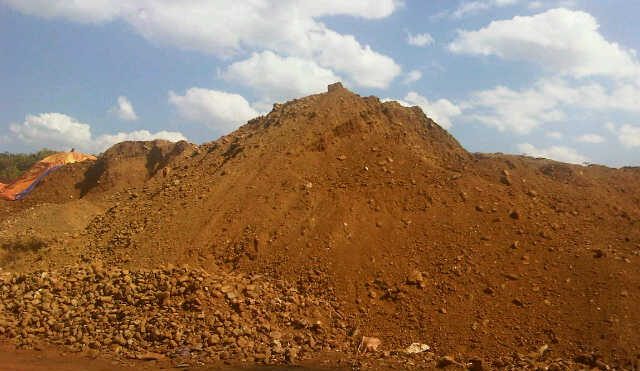BIMCO has issued a cargo alert to its members to advise that loading of nickel ore from Philippines still poses danger. Therefore, best practices should be taken into consideration to prevent liquefaction incidents. Nickel ore is listed in the IMSBC Code as a Group A cargo that may liquefy and shippers must, in accordance with Section 4 of the Code, provide declarations and certificates evidencing that the cargo is safe to carry with a moisture content below its established Transportable Moisture Limit (TML).
The Gard P&I Club issued a related article in April reporting that problems with the carriage of Philippine nickel ore cargoes persist.
“Stockpiles are stored in the open and are exposed to the elements all year round. Appointed independent surveyors are often denied access to shore stockpiles and may also receive various forms of threats if they reject barges with apparent wet cargoes. Samples sent for independent laboratory analyses more often than not “fail” the IMSBC Code testing criteria. According to Pandiman, an 8-10 per cent difference in TML between the shippers’ declarations and the independent analyses is not uncommon’’ the Club said.
The Club has recommended the following precautionary measures for loss prevention:
- The accuracy of the shipper’s certificates should not be relied upon.
- A vessel should not be loaded solely on the basis of can testing of the cargo.
- Crew members monitoring the loading operation should watch out for signs such as splatter on the sides of the holds or water pooling on the cargo.
- The master has an overriding authority under SOLAS not to load the cargo or to stop the loading of the cargo if he has any concerns that the condition of the cargo might affect the safety of the ship.
- An experienced surveyor should assist the master in rejecting cargo that may not be safe for carriage and in arranging for sample analysis at an independent laboratory, as appropriate.
Moreover, Intercargo’s Guide for the Safe Loading of Nickel Ore entails more loss prevention practices:





























































